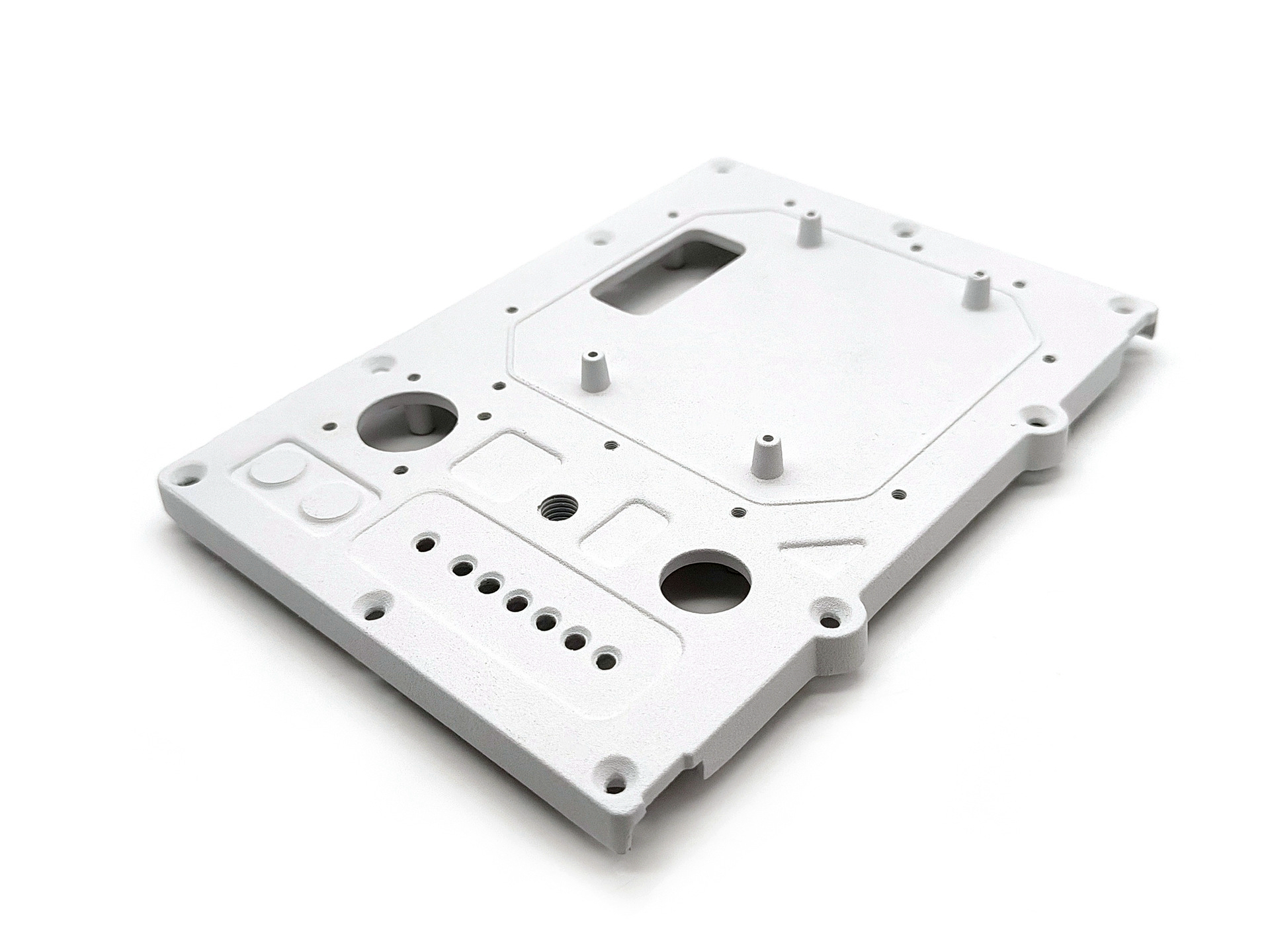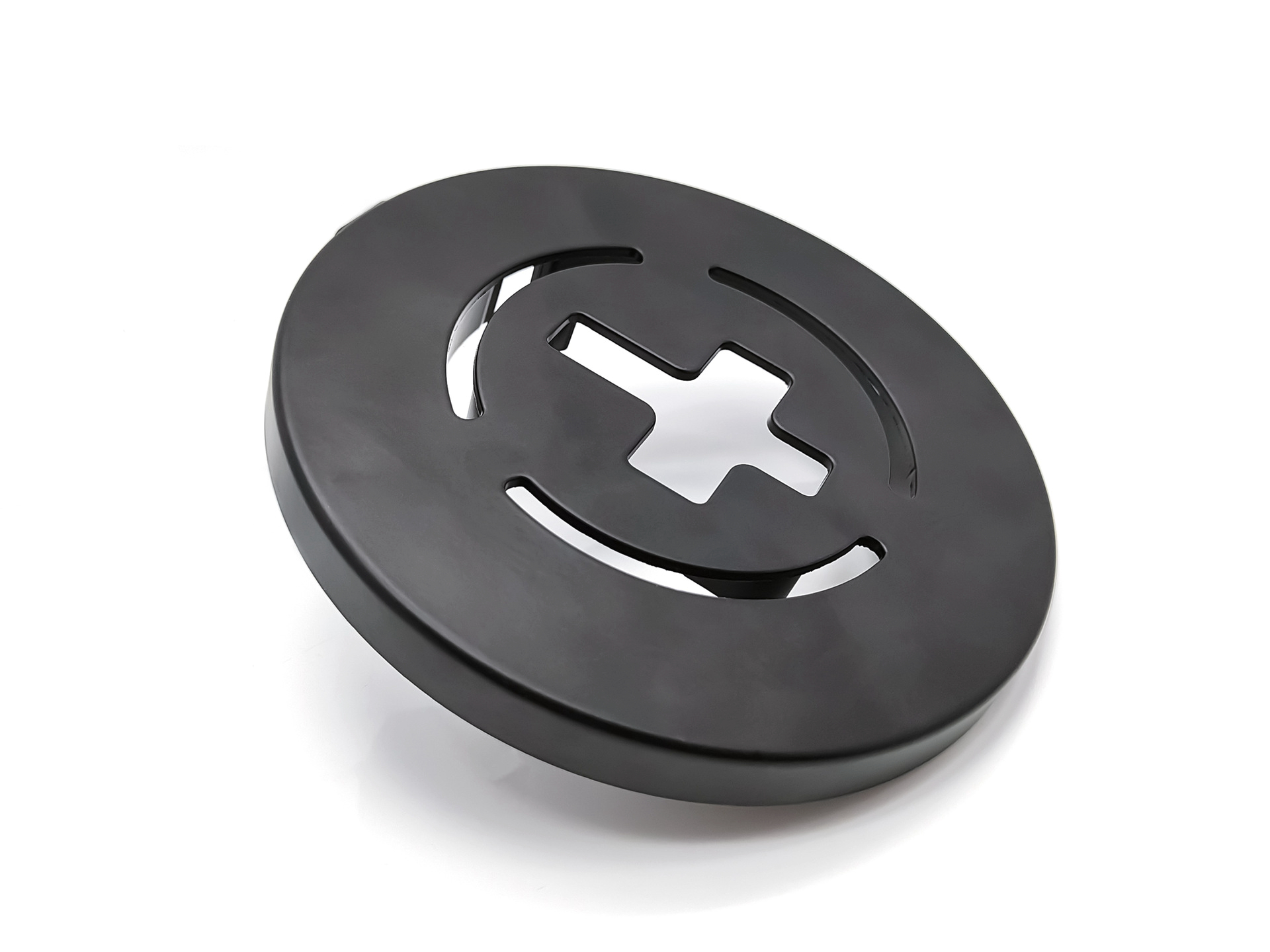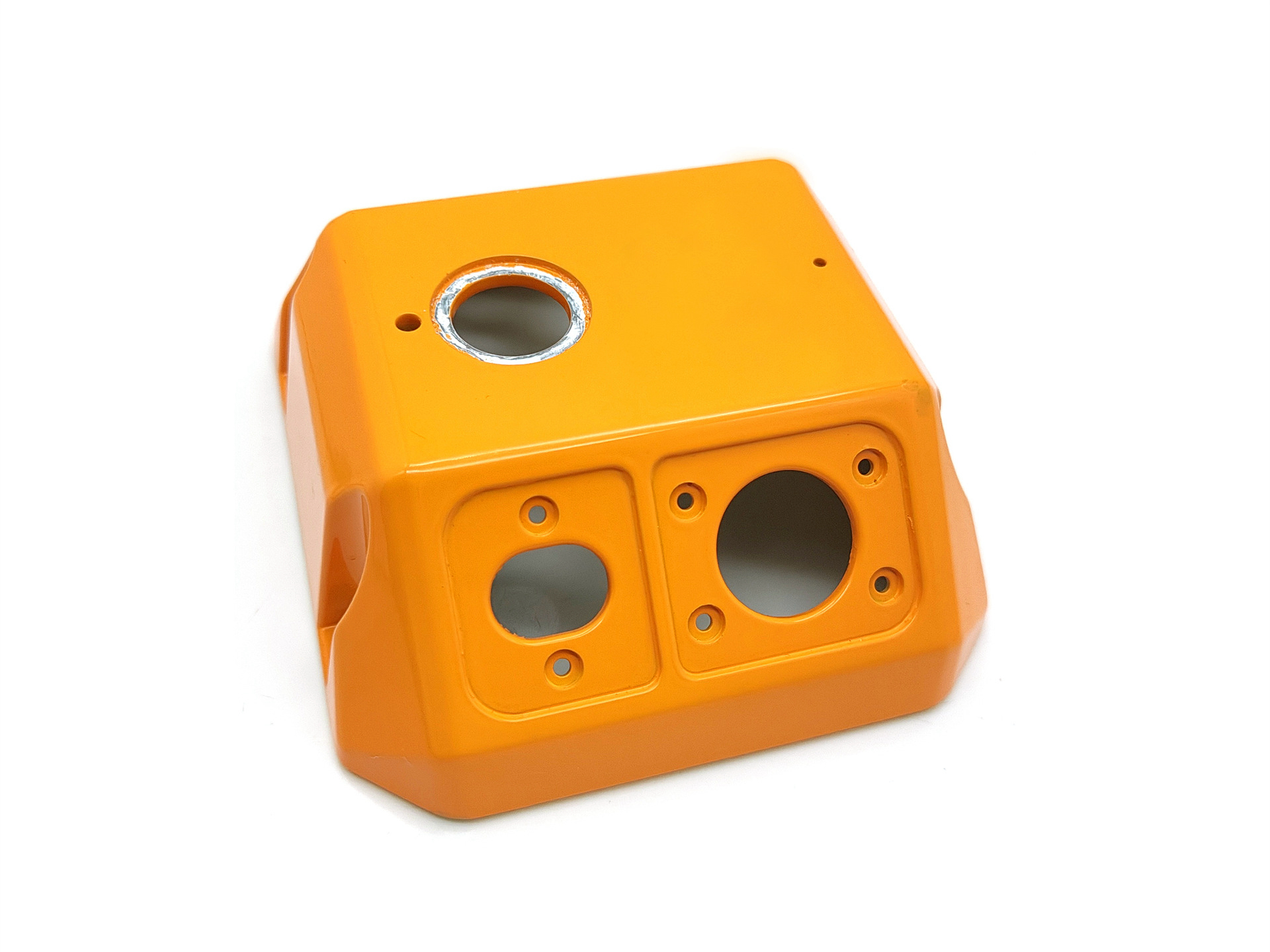What casting alloys offer the best balance between strength and corrosion resistance?
Choosing the right casting alloy is critical in achieving reliable performance, particularly when a component is expected to withstand both mechanical loads and corrosive environments. In marine engineering, automotive, energy, and defense sectors, designers must balance tensile/yield strength, corrosion resistance, castability, and cost-effectiveness.
At Neway, our alloy selection process is built on a foundation of metallurgical standards (e.g., ASTM B85, ISO 3522, DIN 1725) and empirical testing. Below, we present an in-depth evaluation of casting alloys that offer exceptional dual performance in strength and corrosion resistance.
Comparative Performance of High-Strength Corrosion-Resistant Casting Alloys
Alloy | Tensile Strength (MPa) | Yield Strength (MPa) | Corrosion Resistance | Application Suitability |
|---|---|---|---|---|
A356 Aluminum | 240–320 | 150–170 | High | Marine housings, suspension arms, aircraft parts |
A380 Aluminum | ~310 | ~160 | Moderate | Consumer enclosures, heat sinks, housings |
AlSi12 | 150–220 | 90–130 | Very High | LED enclosures, outdoor brackets, automotive trim |
Zamak 5 (Zinc Alloy) | 280–320 | 210 | Moderate to High | High-precision components, connectors, brackets |
C95500 (Aluminum Bronze) | 620–725 | 275–380 | Excellent | Pump impellers, marine shafts, oilfield tools |
Brass C464 (Naval Brass) | 480–550 | 150–200 | Excellent (in seawater) | Seawater valves, nuts, tube sheets |
CuNi10Fe1 (Copper-Nickel) | 400–500 | 150–200 | Excellent | Desalination hardware, heat exchangers, piping |
Aluminum Alloys: Lightweight with Strong Passive Oxide Layers
A356 (Al-Si-Mg, ASTM B26)
A356 is a heat-treatable aluminum casting alloy offering a superior mechanical performance and corrosion resistance combination. In T6 temper, tensile strength can reach 310–320 MPa with elongation of 5–7%, making it ideal for structural components exposed to moisture or spray environments.
Silicon (~7%) improves casting fluidity
Magnesium (~0.3%) enables heat treatment for strength
Corrosion resistance remains high even without surface coating
Used per ASTM B26/B26M for castings requiring high integrity
AlSi12 (EN AC-44100 / DIN 1725)
AlSi12 contains up to 12% silicon, offering superior fluidity and excellent corrosion resistance—particularly in acid rain and industrial atmospheres. Though its strength is lower than A356, its die-fill behavior makes it optimal for thin-wall applications.
Ideal for enclosures with wall thickness as low as 1.8 mm
Maintains stable surface under long-term UV and salt exposure
Often used in decorative or protective housings
Zinc Alloys: High Precision, Moderate Corrosion Resistance
Zamak 5 (ASTM B86 / EN 1774)
Zamak 5 is the industry standard for high-strength zinc die castings. With ultimate tensile strength around 300 MPa and 6–8% elongation, it supports tight tolerances (±0.05 mm) and complex geometries. Zinc’s natural oxide layer contributes to moderate corrosion resistance, which can be improved with plating, chromating, or powder coating.
Casts with thin walls down to 0.6 mm
Ideal for functional parts requiring dimensional accuracy
Corrosion tested per ASTM B117: up to 96 hours in salt spray with minimal damage (uncoated)
Copper-Based Alloys: Best-in-Class Resistance and Load Capacity
C95500 (Aluminum Bronze, ASTM B148)
C95500 aluminum bronze combines outstanding corrosion resistance with mechanical properties that exceed many steels. With tensile strength up to 725 MPa, it withstands cavitation, erosion, and high-pressure saltwater exposure, making it indispensable in subsea, pump, and hydraulic applications.
Contains 10–11.5% Al, 3–5% Fe, 0.5–1.5% Ni
Forms a passive Al₂O₃ layer resistant to seawater and chlorides
Can be used in ISO 9001 and NORSOK M-650 qualified environments
Brass C46400 (Naval Brass, ASTM B584)
Brass 464 has high corrosion resistance due to its tin content (~1%) and ability to form stable oxide films. With tensile strength of 480–550 MPa, it performs well in both mechanical and chemical exposure conditions.
Strong resistance to dezincification
Often used for fasteners, valve bodies, and heat exchanger plates
Exhibits excellent machinability (rating ~30% vs free-cutting brass)
CuNi10Fe1 (DIN 17664)
CuNi10Fe1 is a copper-nickel alloy well known for its biofouling resistance and mechanical stability under thermal cycling. It maintains high performance in brine, seawater, and condensate systems.
Used in marine and offshore heat exchange systems
Compatible with titanium and stainless steel in galvanic environments
Tensile strength: ~450 MPa, elongation: ~20%, per EN 1982
Surface Treatments to Enhance Corrosion Resistance
To enhance resistance in extreme environments, Neway recommends:
Anodizing for AlSi12 and A356
Nickel or tin plating for copper-based alloys
Conversion coating or chromate passivation for Zamak 5
Salt spray testing (ASTM B117 or ISO 9227) to validate surface performance
Conclusion
Achieving both strength and corrosion resistance in a cast component depends heavily on alloy selection. A356 and C95500 are top-tier materials for structural loads in marine or corrosive environments. Zamak 5 offers reliable strength with moderate corrosion resistance at tight tolerances. Meanwhile, CuNi10Fe1 and Naval Brass excel in long-term seawater exposure.
At Neway, our material engineers support customers in choosing the right alloy based on function, durability, and casting method—backed by standards-based analysis, simulation, and testing to ensure superior performance.



